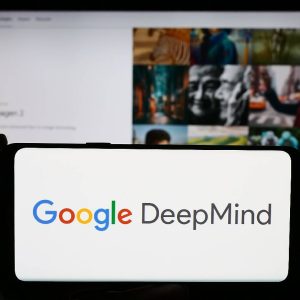Dell Streak

Some might say this 5-inch tablet is too big to be a phone and too small to be a tablet, yet Dell has pushed ahead with this Android-base device with full-function 3G phone (featuring IM and SMS/text capabilities), Wi-Fi and Bluetooth. Integration with Twitter and Facebook is built in and the Google link, via the Android platform, means that Gmail and Google Maps – with navigation and text-to-voice, turn-by-turn directions in Street View – is in from the start. Dell claims the screen is so strong it can withstand pretty much anything humans can throw at it. Prices for the Streak start at around £400.
HTC Flyer

With a 7-inch screen running 1024 x 600 resolution and 1.5GHz processor, the Flyer is a powerful beast, although it runs Android 2.3.3, which is a slight disappointment as the operating system isn’t the most recent (and tablet-centric). It does, however, use the HTC Sense user interface, creating a much more customised experience geared towards the tablet user. There is 32GB of internal storage on board, meaning you can carry around plenty of film and music. It uses 3G, Wi-Fi and HSPA+ for Internet access, and comes with 1GB of RAM. The Flyer also features a 5MP camera on the back and a 1.3MP camera on the front, which enables video calls. Prices will start at a hefty £600.
Motorola Xoom
This offering is the first to hit the market running Android 3.0 – aka Honeycomb – which is specifically designed to run on tablet devices. The 10.1-inch touchscreen device has a dual-core processor, 32GB of storage built-in (with the option for more via an SD card slot), 1GB of RAM, 1280 x 800 resolution and a claimed battery life of 10 hours. It can cope with HD video and, like the Flyer above, has a 5MP camera on the back but with a 2MP one on the front. It is quite pricey – starting at around £500 – and the range of apps tailored to this format is not yet anywhere near as impressive as those for the iPad. But those are two minor drawbacks for what is otherwise a very good device.
RIM PlayBook

BlackBerry maker Research in Motion (RIM) has gone after the enterprise market with the PlayBook. It features a 7-inch, 1024 x 600 resolution screen, 1GB of RAM and a dual-core processor. Its front and rear cameras are 3MP and 5MP respectively, enabling video calling, plus it supports Flash (take that, Apple!) and runs RIM’s own operating system, which it acquired through QNX. Despite RIM having its own app store, the company has decided to add what it calls an "app player", enabling applications designed for the Android environment on its device. Disappointingly, you have to hook up to a BlackBerry device to access your email and calendar, while Webmail users will have to access their emails through the browser, although RIM claims a native email app will be released soon. Expect prices to match that of the iPad 2.
Samsung Galaxy Tab
The Galaxy Tab’s spec includes a 7-inch screen with a resolution of 1024 x 600 running the Android OS, and a variety of network access options. Social integration plays a big part for the Galaxy Tab, with plenty of options for integrating email, calendar and IM accounts. It also has Gmail access built in and MS Exchange ActiveSync. Internal storage is offered at either 16GB or 32GB, with a microSD slot capable of providing an additional 32GB of storage, potentially matching the iPad’s 64GB. It’s available for around £500.






